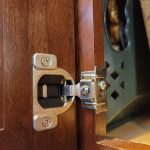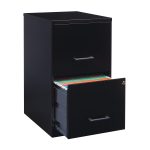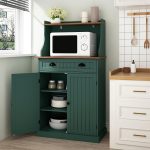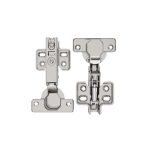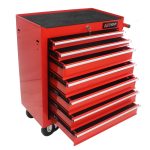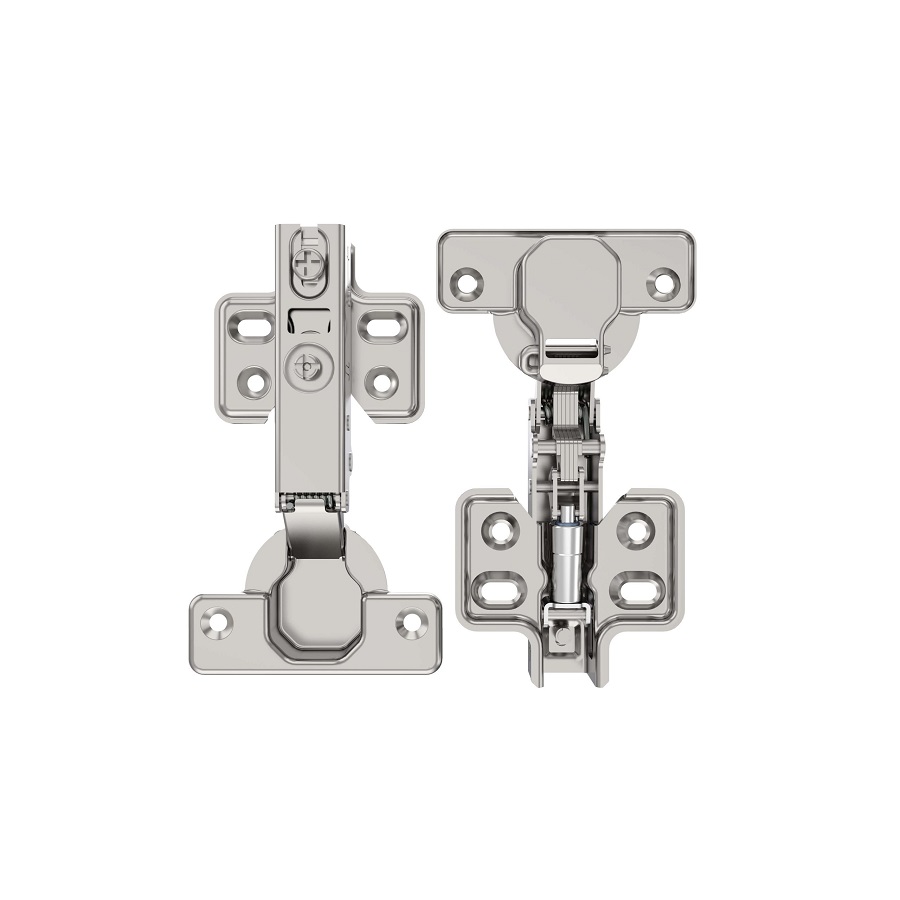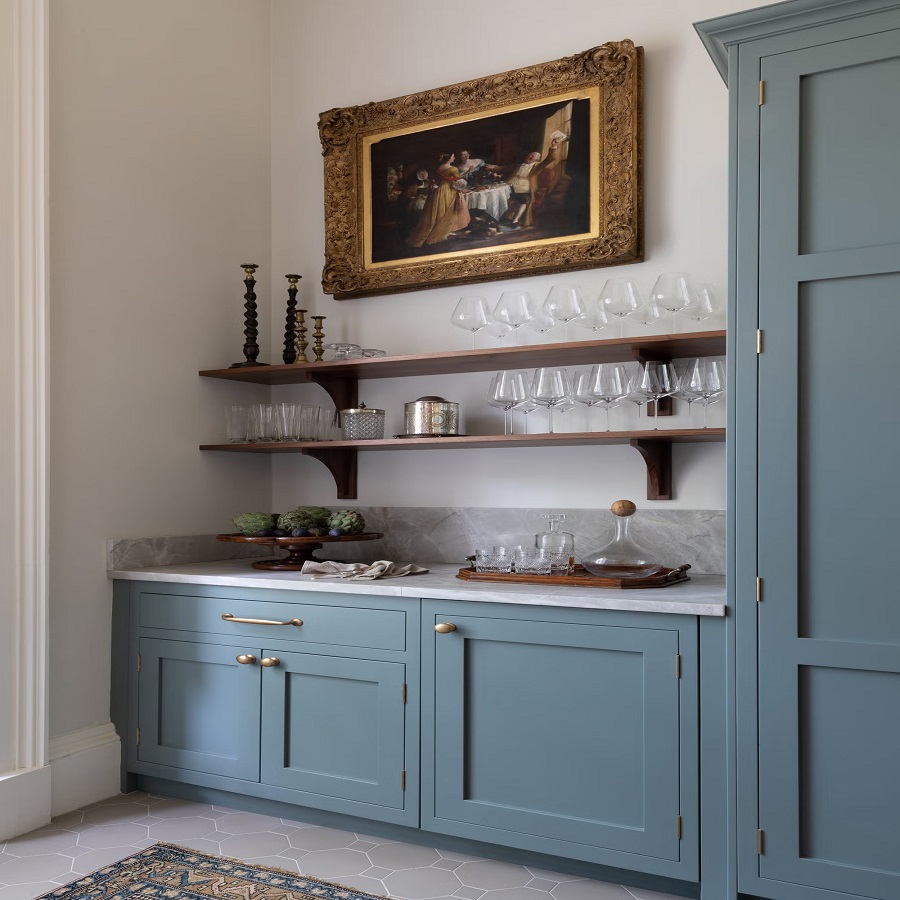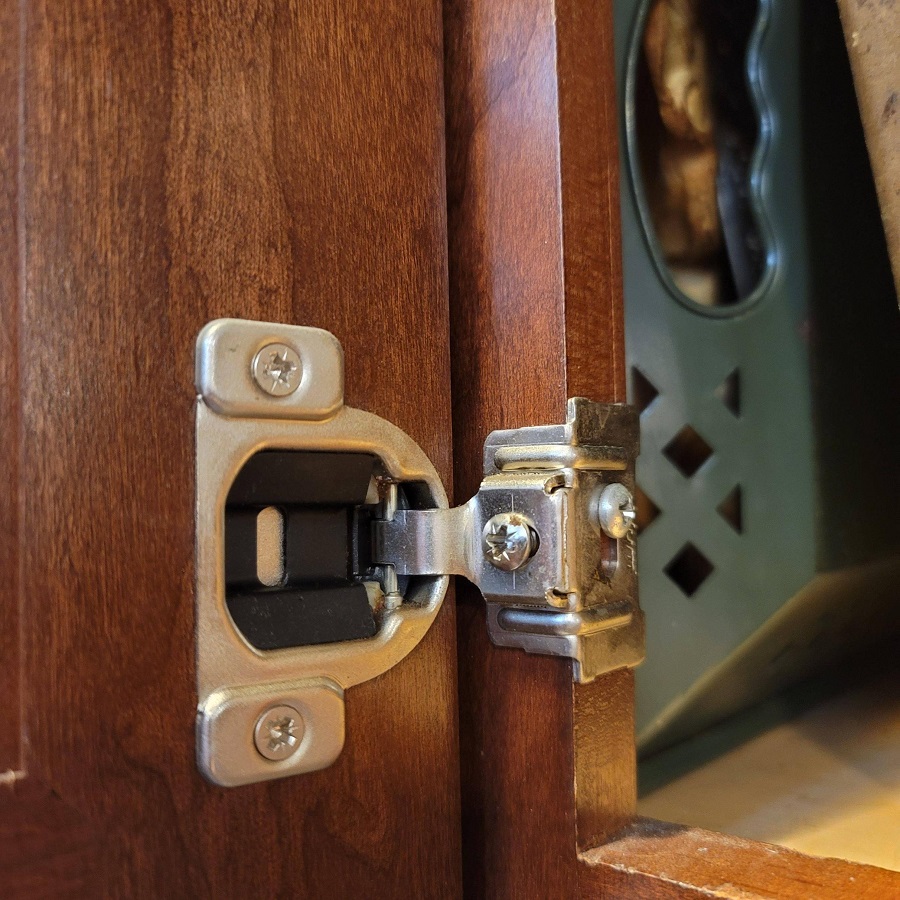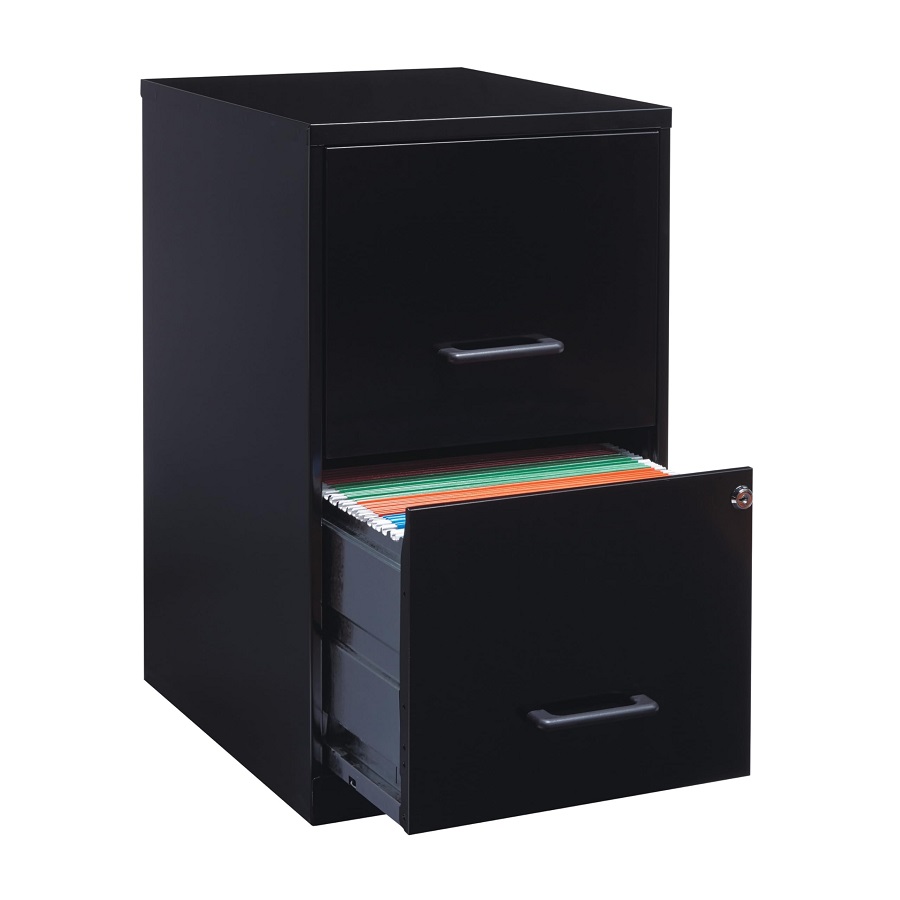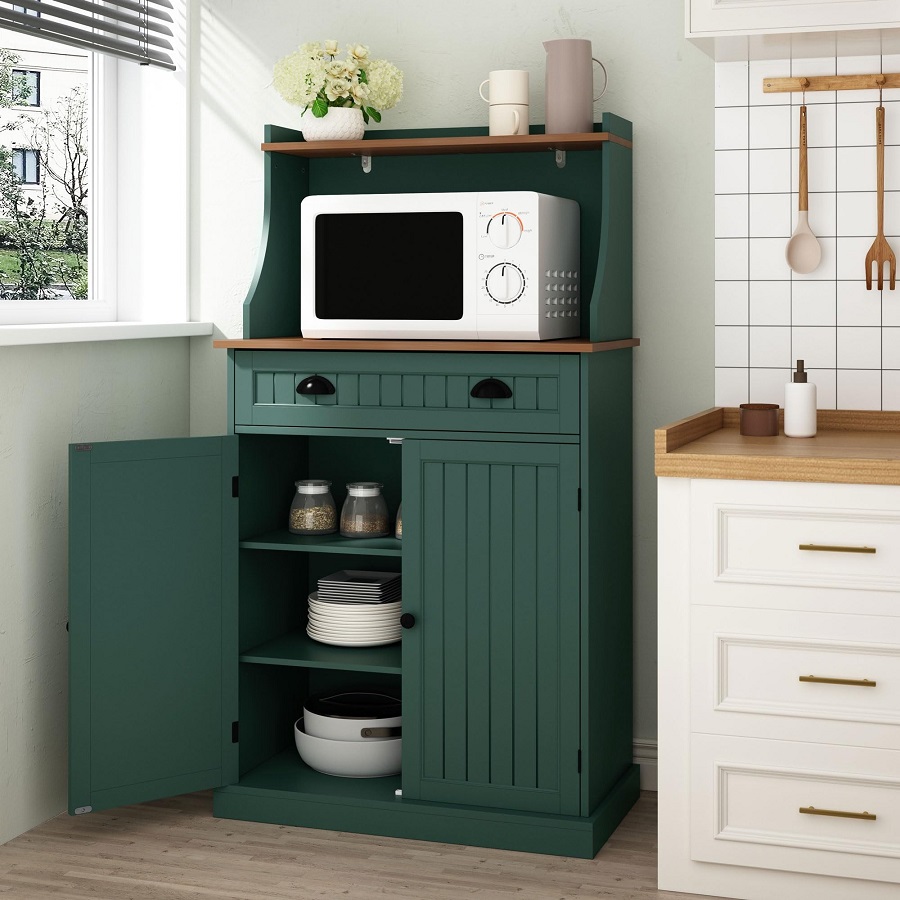Benefits of Soft Close Cabinet Hinges
Upgrading your kitchen with soft close cabinet hinges comes with several advantages. They bring an element of luxury, sophistication, and practicality to your culinary space. Let’s delve into the benefits of installing these modern marvels.
Reduced Noise
The most apparent benefit of soft close cabinet hinges is the significant reduction in noise. When you shut a cabinet, the soft close mechanism ensures a quiet and smooth closure. No more loud bangs or clatters that disrupt the serenity of your home.
Increased Safety
These hinges also serve as a safety feature. With soft close technology, cabinets can no longer slam shut. This is particularly helpful in households with young children or pets, minimizing the risk of fingers getting caught.
Enhanced Durability
Cabinets equipped with soft close hinges tend to have a longer life. The controlled closing action prevents the wear and tear that comes with forceful shutting. This means less maintenance and fewer hinge replacements over time.
Improved Functionality
With soft close cabinet hinges, the user experience is improved. These hinges offer a smooth and consistent performance, adding to the overall functionality and ease of use of your kitchen.
Upscale Aesthetics
Installing soft close hinges can instantly modernize your kitchen’s look and feel. They lend a high-end touch to your cabinetry, often associated with luxurious and contemporary kitchen designs.
Incorporating soft close cabinet hinges into your kitchen enhances not only its appearance but also its functionality. The peace and tranquility brought by a quieter kitchen environment is a simple upgrade with lasting benefits.
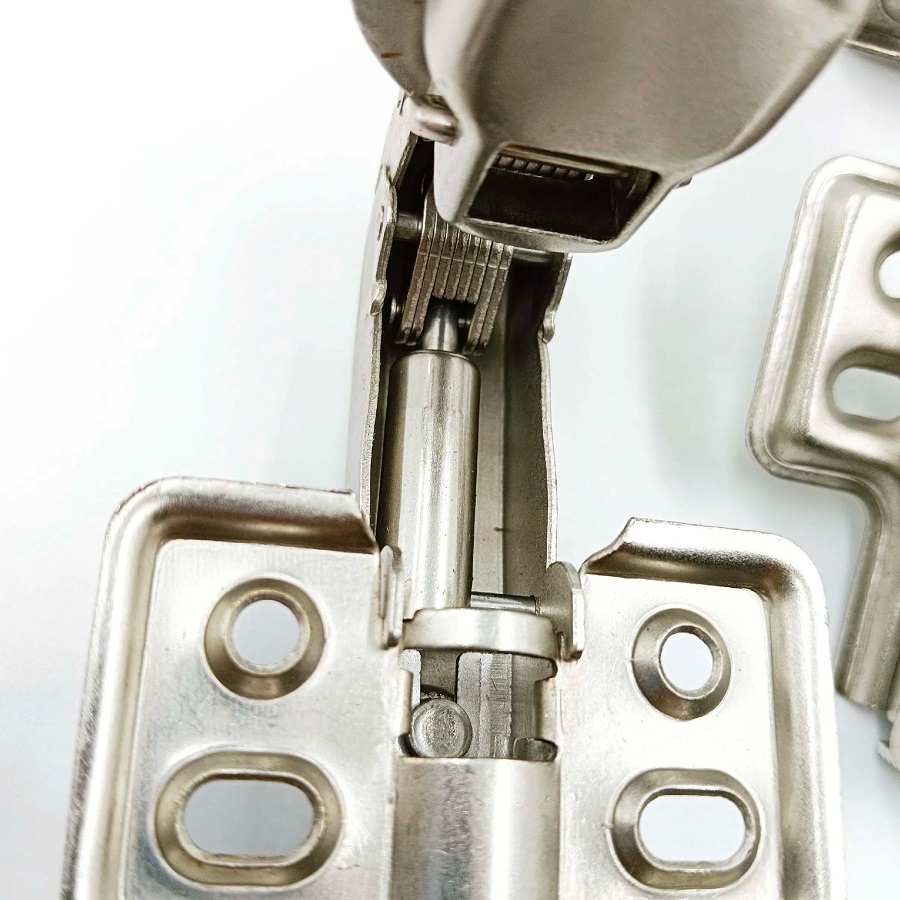
Types of Soft Close Hinges
When you’re ready to enhance your kitchen with soft close cabinet hinges, choosing the right type is crucial. These hinges come in different styles to fit various cabinet designs. Below, we discuss some common types you’ll encounter.
Full Overlay Hinges
These are ideal for cabinets with doors that cover the entire cabinet frame. They provide a clean, seamless look that’s perfect for modern kitchens.
Half Overlay Hinges
Half overlay hinges work well for cabinets with a slight frame still visible when the doors are closed. They offer a balance between full overlay and inset styles.
Inset Hinges
Inset hinges are the go-to for cabinets where the door sits inside the cabinet frame. They maintain the integrity of traditional cabinet styles while adding the soft close feature.
Frameless Hinges
These hinges are designed for frameless cabinetry, a common style in European kitchens. They attach directly to the inside of the cabinet box.
Face Frame Hinges
Opposite to frameless, these are made for face-framed cabinets. They mount to the frame, which adds structure to the cabinetry.
Each hinge type integrates the soft close mechanism differently to accommodate the door and cabinet’s specific structure. Always measure and understand your cabinet style before purchasing soft close cabinet hinges. This ensures a proper fit and optimal performance.
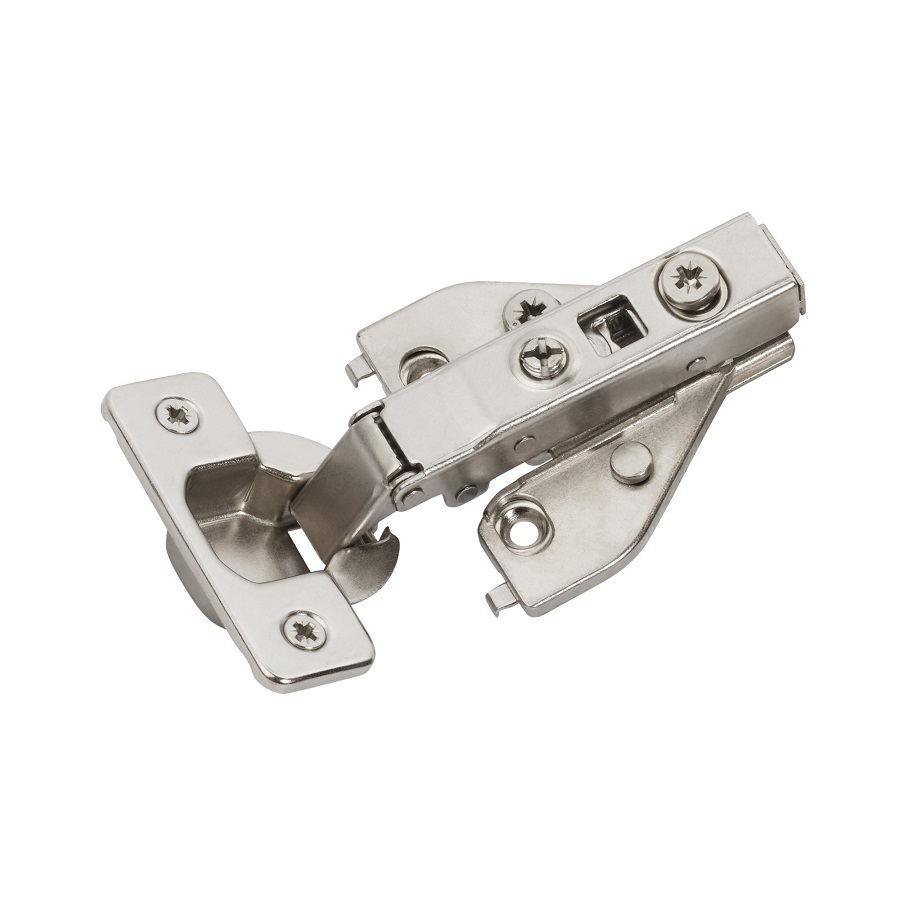
Tools and Materials Needed for Installation
Before starting the installation of soft close cabinet hinges, gather the necessary tools and materials. Proper preparation will make the process more efficient and help ensure a successful upgrade to your kitchen’s cabinetry.
Required Tools
Here’s a list of tools you will need:
- Screwdriver set: To fasten hinges and make adjustments.
- Measuring tape: For precise measurements.
- Level: To ensure hinges are perfectly horizontal.
- Drill: With a bit for pre-drilling screw holes.
- Pencil: To mark drill points and alignment.
Make sure these tools are handy before you begin.
Essential Materials
In addition to the right tools, you will also need:
- Soft close cabinet hinges: Purchase the correct type for your cabinetry.
- Screws: They often come with the hinges, but verify sizes and quantities.
- Wood filler: In case of preexisting holes from old hinges.
Check that you have all materials ready to avoid unnecessary interruptions.
Gathering the correct tools and materials is the first step in the smooth installation of your new soft close cabinet hinges. With these in hand, you’re ready to move on to the actual installation process.
Step-by-Step Guide to Installing Soft Close Hinges
Installing soft close cabinet hinges is a straightforward task that can be done in a few simple steps. Make sure to have all your tools and materials from the previous list ready. Here’s a guide to help you through the installation process:
- Remove Old Hinges: Start by taking off the existing cabinet door hinges. Use a screwdriver to carefully remove the screws and hinges.
- Measure and Mark: With a measuring tape, find the spot for the new hinges. Mark the points where you will drill with a pencil for guidance.
- Pre-Drill Holes: Use your drill to create shallow pilot holes at the marked spots. This makes it easier to screw in the new hinges without splitting the wood.
- Attach Hinges to Door: Position your soft close cabinet hinges onto the door according to the marks. Secure them with screws, making sure they are straight and aligned.
- Mount Door to Cabinet: Line up the door to the cabinet frame or box. With the level to ensure proper alignment, attach the hinges to the cabinet.
- Test the Door: Gently open and close the door to test the soft close mechanism. Ensure it operates smoothly and closes without issue.
- Adjust if Necessary: If the door doesn’t align or function correctly, use your screwdriver to adjust the screws on the hinges. This offers fine control over the door’s position and closing speed.
By following these steps, you’ll enjoy the benefits of soft close cabinet hinges without the need for a professional. With precise work and a bit of patience, your kitchen will soon be quieter and more refined.
Adjusting and Fine-Tuning Your Soft Close Hinges
Once you install your soft close cabinet hinges, some adjustments may be necessary. Fine-tuning ensures that every cabinet door closes smoothly and quietly, enhancing your kitchen’s ambiance. Follow these simple steps for optimal performance:
- Check Alignment: Open and close each door to observe its movement. Ensure it aligns with the cabinet’s frame when closed.
- Adjust the Hinges: Locate the adjustment screws on your hinges. These allow you to shift the door in various directions—up, down, left, or right.
- Test the Soft Close Speed: Close the door to test the soft close mechanism. If it closes too slow or too fast, find the tension adjustment screw.
- Regulate the Tension: Turn the tension adjustment screw slightly to change the closing speed. Turn clockwise to increase tension and counterclockwise to decrease it.
- Repeat as Needed: Continue to fine-tune each hinge until you’re happy with the door’s movement and closing speed.
Fine-tuning your soft close cabinet hinges is a simple, yet important process. It can make a big difference in the feel and function of your kitchen. Take your time adjusting and testing to get everything just right. With patience, you’ll achieve a quiet and cohesive kitchen cabinet system.
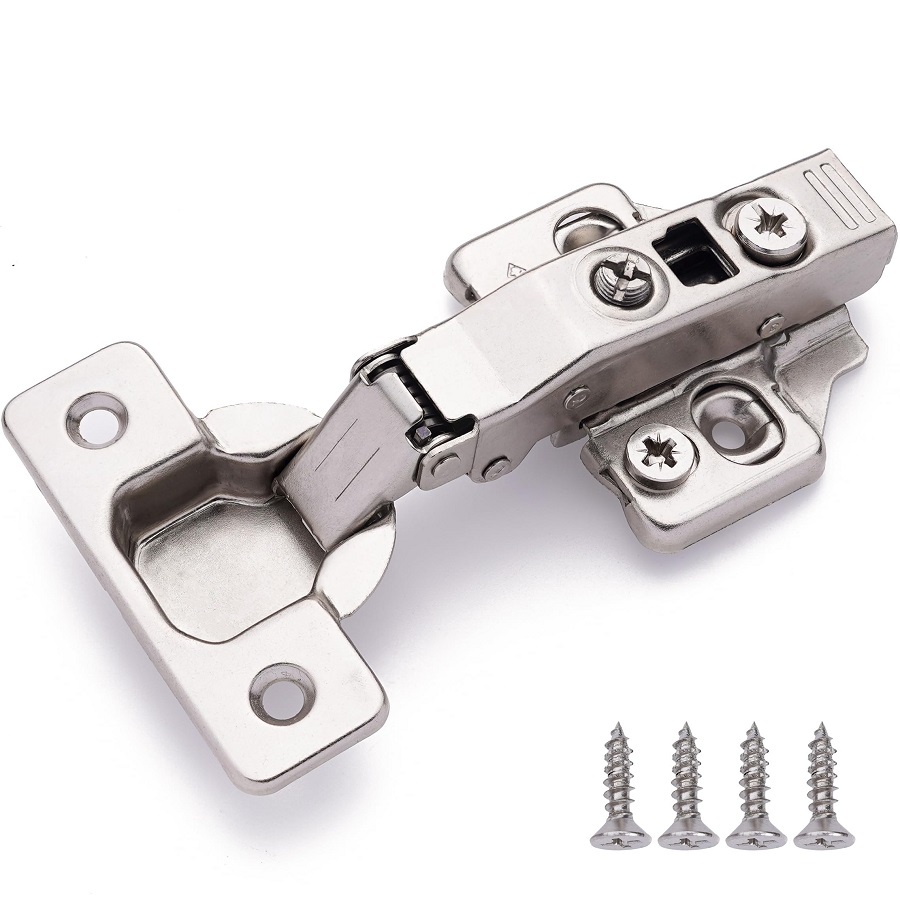
Maintenance Tips for Soft Close Cabinet Hinges
Regular maintenance of your soft close cabinet hinges ensures longevity and optimal performance. Here are practical tips to keep these hinges in top condition.
- Clean Regularly: Wipe down the hinges with a soft cloth to remove dust and grime. Avoid harsh cleaners that can damage the finish.
- Lubricate Hinges: Apply a silicone-based lubricant to moving parts if you notice any squeaking or stiffness.
- Tighten Screws: Check the screws periodically to make sure they are snug. Loose screws can affect the soft close mechanism.
- Adjust When Needed: If the cabinet doors misalign, adjust the hinges. This keeps doors closing smoothly.
- Inspect for Wear: Look for signs of wear or damage on the hinges. Replace any parts that seem worn out to prevent malfunction.
- Avoid Slamming Doors: Even with soft close hinges, avoid slamming cabinet doors. This increases the lifespan of the mechanism.
With consistent care, your soft close cabinet hinges will continue to reduce noise and enhance safety in your kitchen.
Common Mistakes to Avoid During Installation
Installing soft close cabinet hinges may seem simple, but certain errors can complicate the process. To ensure a smooth installation, be mindful of these common pitfalls:
- Incorrect Measurements: Measure twice before drilling any holes. Inaccurate measurements can lead to misaligned doors and a dysfunctional soft close system.
- Over-tightening Screws: When attaching the hinges, tighten screws firmly but do not overdo it. Over-tightening can strip the wood or damage the hinge.
- Skipping Pilot Holes: Always pre-drill pilot holes. Avoid forcing screws directly into the wood as this can cause splitting.
- Neglecting Door Alignment: Ensure the door is level before securing it. An unaligned door can hinder the soft close mechanism and look unsightly.
- Forgetting to Test: After installation, test the door’s motion. Skipping this step may leave issues undiscovered until it’s too late for easy fixes.
- Ignoring Adjustments: Do not assume the hinges will work perfectly without adjustments. Take the time to fine-tune the closure speed and alignment.
- Using Mismatched Hinges: Confirm that all hinges are the same type and match your cabinet’s specifications. Different hinges can cause inconsistent door behavior.
- Avoiding Maintenance: Once installed, regularly check and maintain your hinges. Ignoring this can lead to premature wear and tear.
By steering clear of these errors, you’ll enhance your kitchen with a successful install of soft close cabinet hinges, ensuring a quieter and more harmonious space.
Upgrading Your Kitchen with Soft Close Technology
Upgrading your kitchen goes beyond new countertops and appliances. Adding soft close cabinet hinges brings a subtle, yet game-changing element to your space. These hinges add a touch of luxury that’s both functional and aesthetically pleasing.
Here are the key steps to upgrading your kitchen with these innovative hinges:
- Assess Your Cabinets: Before anything else, check if your cabinets are suitable for soft close hinges.
- Choose the Right Type: Select hinges that fit the style and design of your cabinets, as outlined earlier.
- Gather Your Tools: Assemble the tools and materials listed prior to ensure you’re fully prepared.
- Follow the Installation Guide: Use the step-by-step process provided to install your hinges correctly.
- Make Necessary Adjustments: After installation, fine-tune the hinges for smooth operation.
- Maintain Your Hinges: Keep them in top shape with the maintenance tips discussed.
- Enjoy the Silence: Once installed, appreciate the peace that comes with a quieter kitchen.
By incorporating soft close technology into your kitchen, you’ll not only enhance its functionality but also increase the overall value of your home. It’s an upgrade that pays dividends in comfort and serenity. Getting it right the first time will save you the trouble—and extra noise—of future repairs. With this simple addition, your kitchen will become a more peaceful, user-friendly environment for everyone to enjoy.

